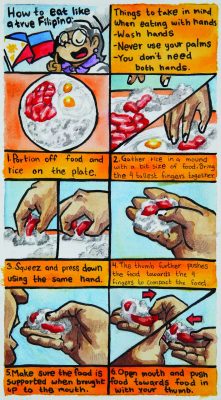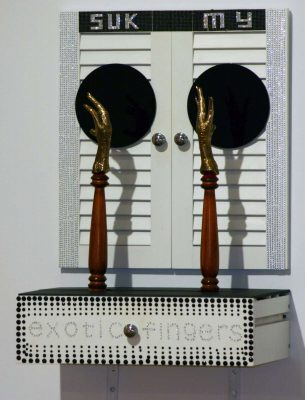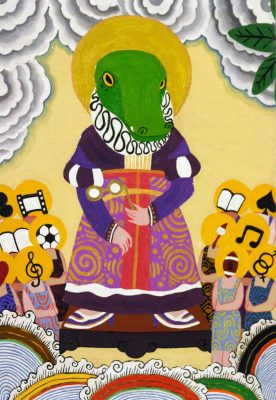We Eat We Are
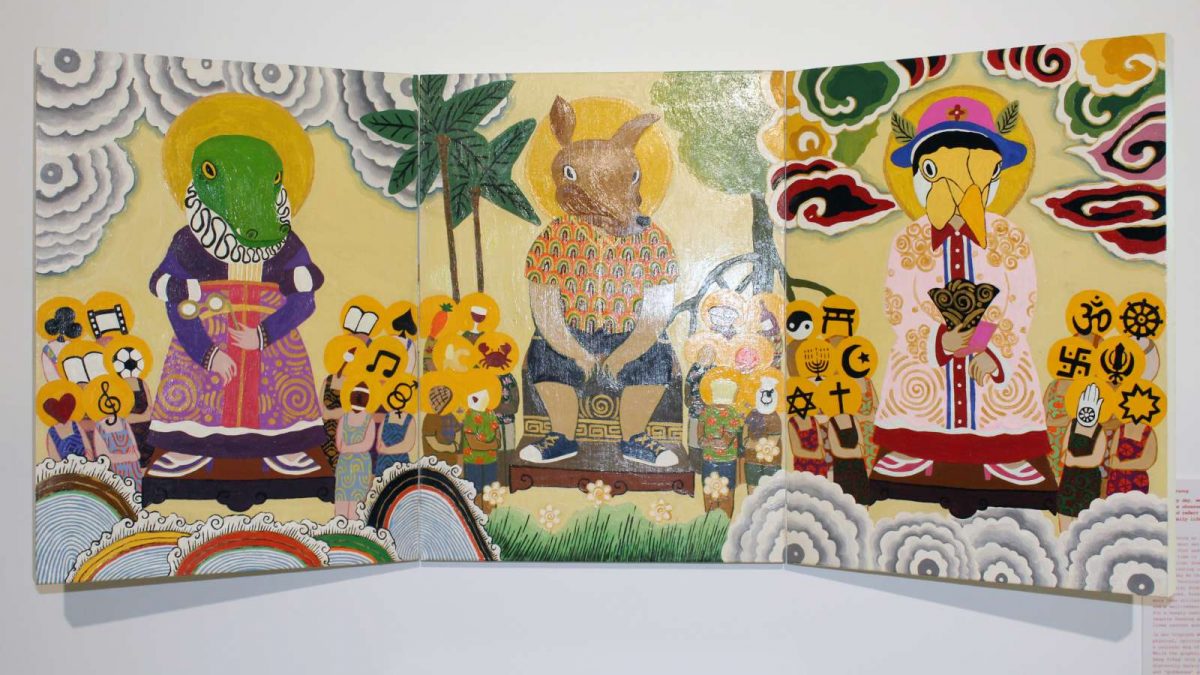
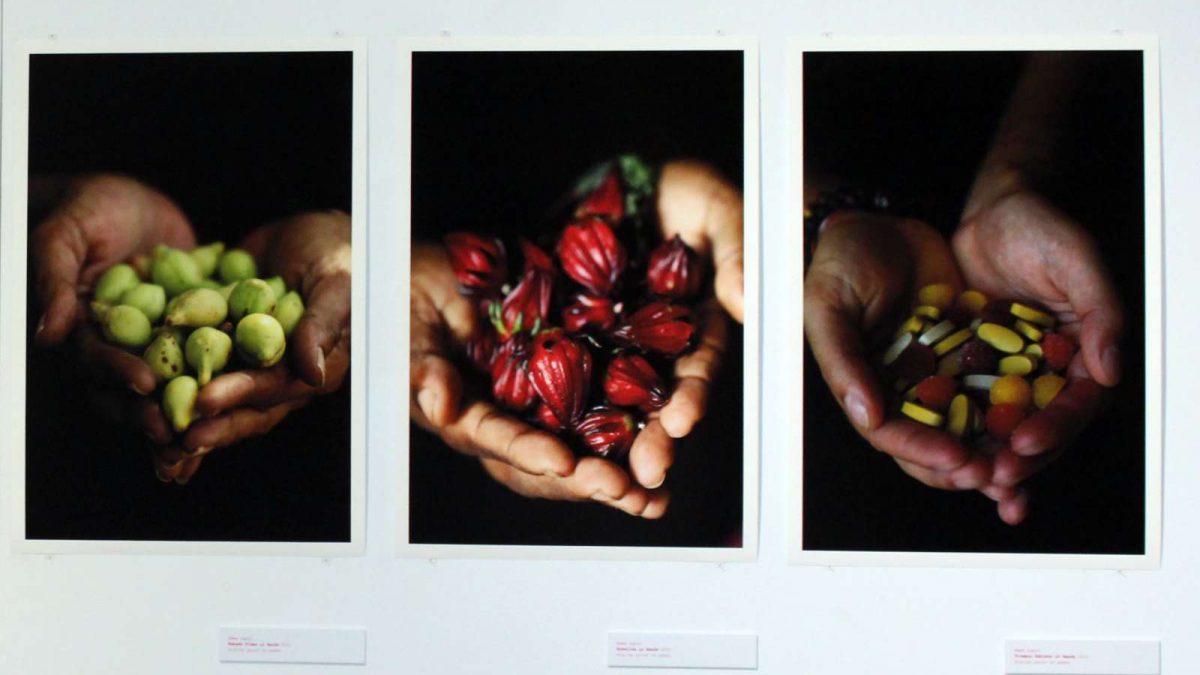


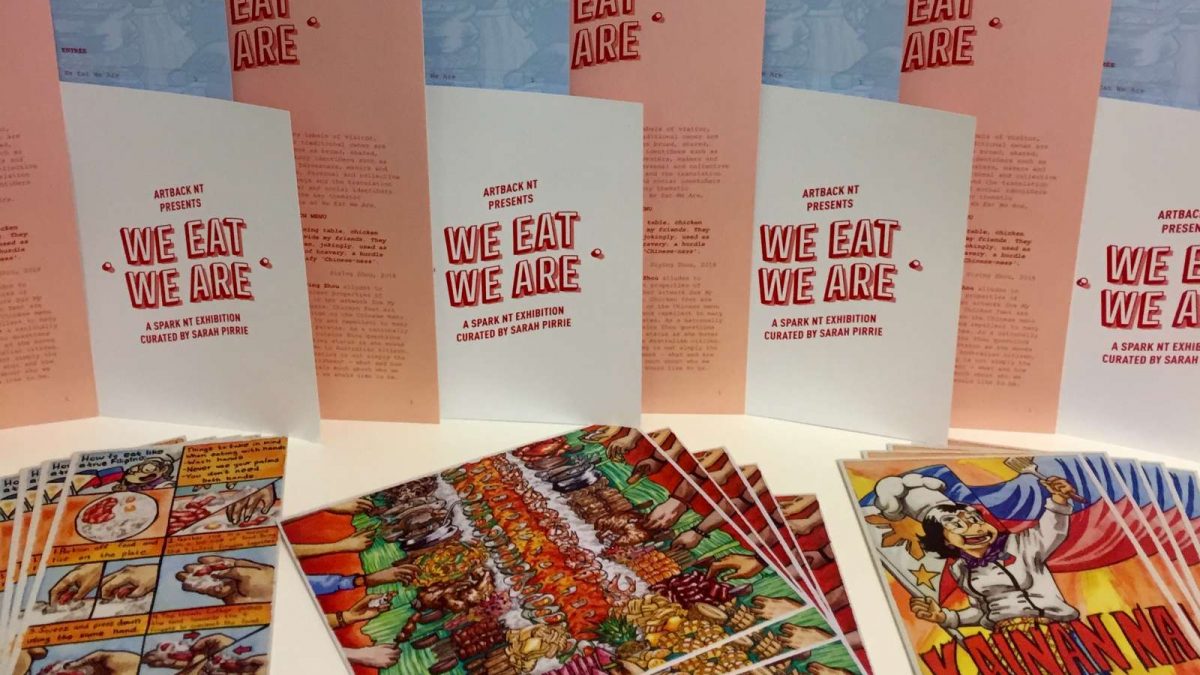
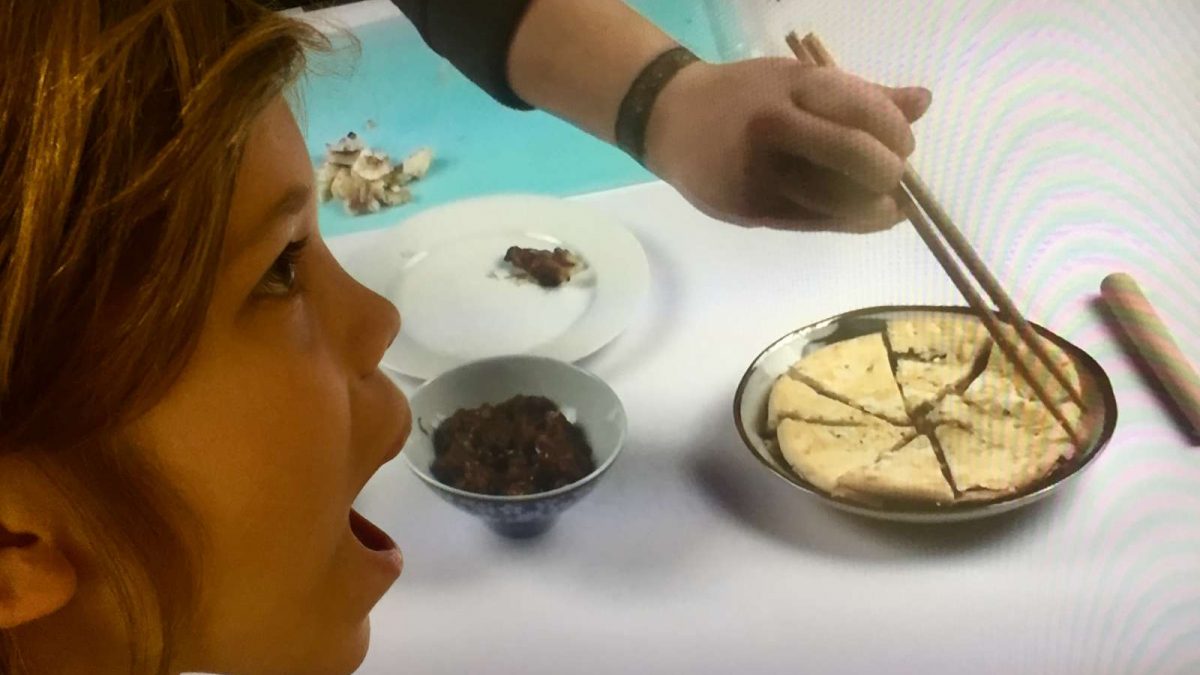
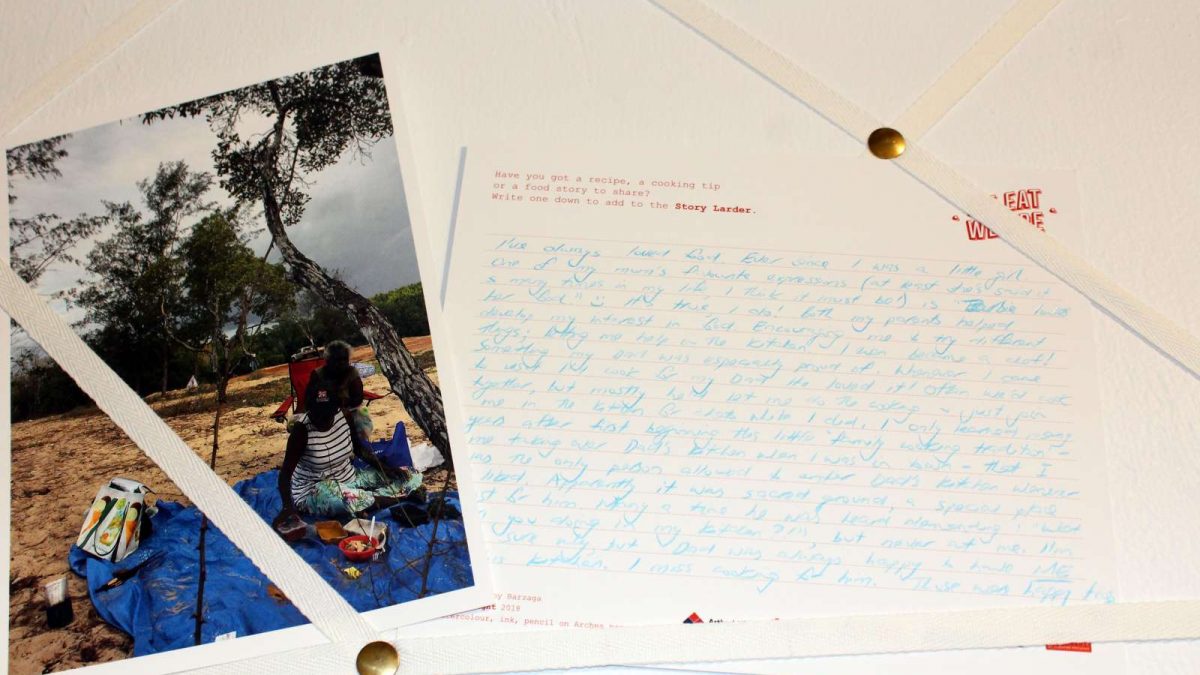
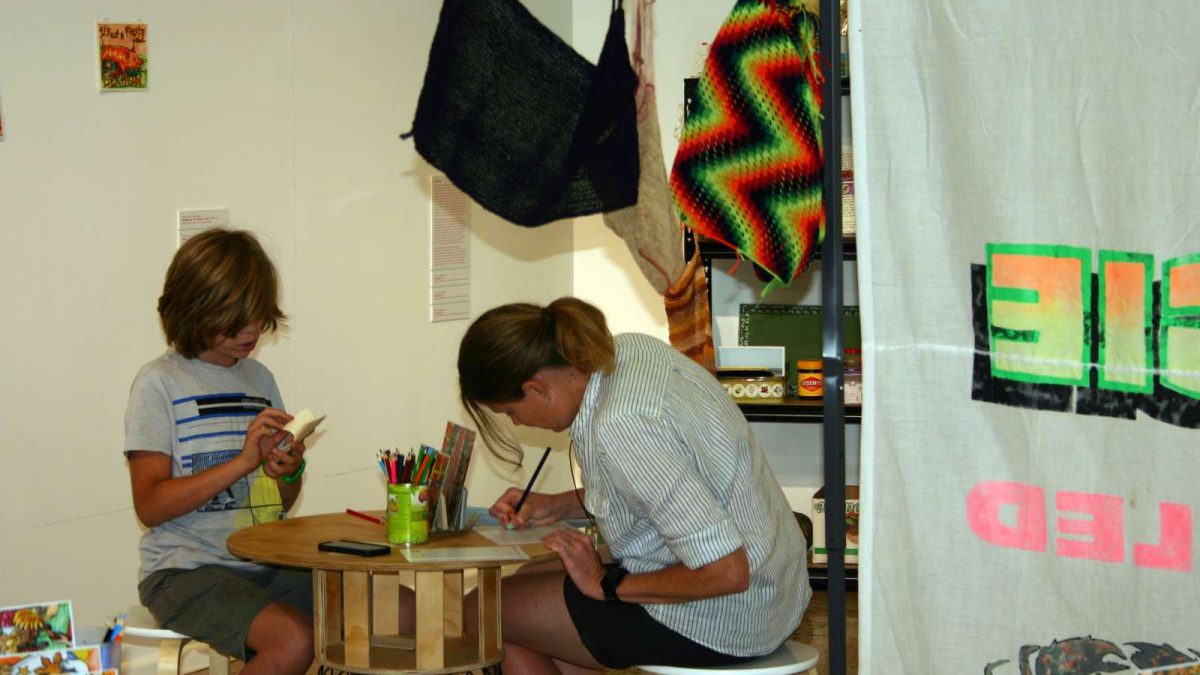

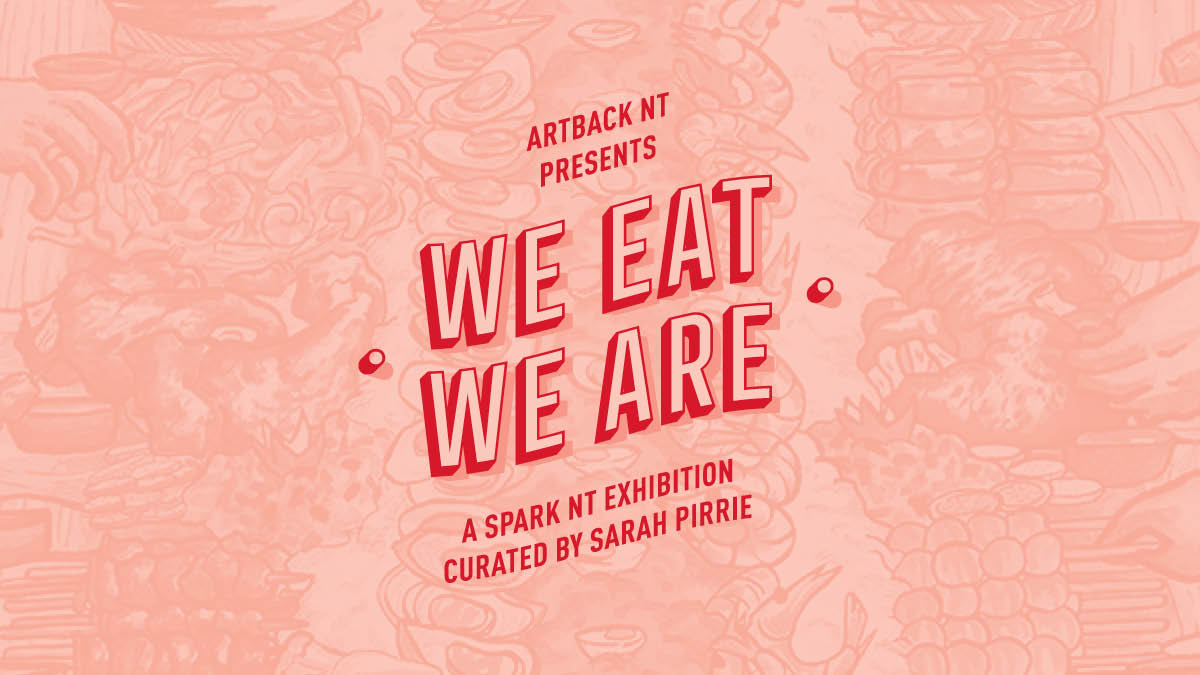
About
We Eat We Are celebrated food as a form of social sculpture that united, nourished and renewed. The lives we live through food define our imaginary, making sense of our desires, ideals and practices as a society. Often hidden in plain sight, these are the spaces and time-valued traditions that gurgle in a pot or ripen in the sun. When we eat, we consume glocally: linking into the global and local food webs while revelling in our own sense of place.
Seasonal rhythms, generational knowledge and sensory memories flavour expectations of what it is to live in the Northern Territory. As we eat we embrace the unexpected and the familiar, and plot a vision for our future selves. Do we go out fishing or take a trip to the Woolies deli section? Eat salty plums made from time honoured Asian recipes or eat the wild harvested super food, Kakadu plum? Through our anticipation of taste, ingredients and availability, we creatively imagine and invest in our future identity and wellbeing.
The gastronomically attuned artists in this exhibition represented a cross-section of the Northern Territory’s Top End society embracing cultural diversity and a multiplicity of practices. Reflecting geographical and historical influences from the southern belt of South East Asia to the land and sea country of Indigenous Australia, their personal and collective food journeys were the binding ingredients of We Eat We Are. The migration and translation of social and cultural identifiers associated with the meals we survive and thrive on informed an ever evolving recipe.
We Eat We Are invited audiences to dine on the many flavours, textures and culinary adventures that sustain people living in the Top End. Read the full catalogue here and media release here
This was the second exhibition to be produced as part of the SPARK NT Curator Program, an Artback NT initiative which supports an independent or emerging curator, residing in the Northern Territory, to develop an exhibition project for tour. SPARK NT is designed to foster critical thinking in art and curatorial practice and provide artists from the Territory with opportunities to showcase their work within a curated touring exhibition.
Christine Barzaga
I’ve always liked eating with [my] hands as I learned this way growing up. In Australia, eating with hands you’d get strange looks from others – it would look ‘improper’ – but eating with hands is the best method to eat in my opinion. It’s been a part of my culture that’s been passed down by my ancestors.
Christine Barzaga, 2019
Siying Zhou
At a dining table, chicken feet divide my friends. They are often, jokingly, used as a test of bravery, a hurdle to qualify ‘Chinese-ness’.
Siying Zhou, 2018
Bao Vi Truong
Day by day, we can choose the food or we can be obsessed with the food … we absorb it and reflect upon what feeds us through our daily life.
Bao Vi Truong, 2019
Kaye Brown, Raelene Lampuwatu Kerinauia, Jamice Pungautiji Murray and Michelle Woody
When we go out on country for hunting, I take family – my daughter, my girls, I go out with my aunties too, grandchildren too, developing future generations, especially Sophia, showing her how to go hunting and collect mud mussels. When I sit with my daughter, especially as she’s a young one, I tell her stories, about how important bush tucker is. It’s also a good medicine, how important it is, I tell stories.
Michelle Woody, 2019
Mulkuṉ Wirrpanda
Balanyaramirr ŋunhi ŋarra miny’tji-yarpum ŋatha malanya ŋunhi maḏayin’miriw, yan gäna ŋatha malanya wakiŋu ŋanapurruŋ Yolŋuw yuṯa miny’tji ŋarrakuway.
Once I started painting food plants without reference to their sacred identity, I had to find a new way to paint.
Mulkuṉ Wirrpanda, 2018
Emma Lupin
The food we eat and how we eat it are tightly intertwined and define identity in an ever-changing society.
Emma Lupin, 2019



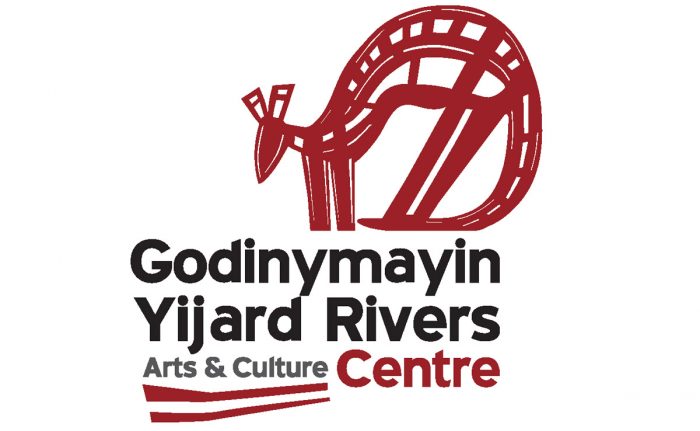
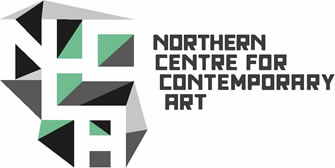

Curator
About the SPARK NT Curator
Sarah Pirrie is a Darwin-based educator, artist and curator. She works across a conceptual, site-responsive and often collaborative art practice that incorporates drawing, sculpture, installation, events and public interventions. Pirrie’s work has referenced a range of social and environmental issues and is often shaped by local activity and phenomena. She is a Visual Arts lecturer at Charles Darwin University and SPARK NT Curator with Artback NT.
Sarah Pirrie has exhibited extensively in solo and group gallery exhibitions in Australia since 1995 including solo exhibitions ‘Terraforming’, Nomad Gallery 2014; ‘Runoff’, Northern Centre for Contemporary Art, 2012; ‘Names on Trees (NOT Project)’ a Darwin Festival Events, Jingili Watergardens, 2011.
Pirrie has contributed to a number of group exhibitions including ‘SECRET WORLD: Carnivorous plants of the Howard sand sheets’, Nomad Gallery, 2015; ‘135th Meridian East’ curated by André Lawrence, Australian Experimental Art Foundation, 2014; ‘Botanica & Botanica 2’ curated by Cath Bowdler, Godinymayin Yijard Rivers Arts & Culture Centre and Chan Contemporary Art Space, 2014; ‘Made to Last- the conservation of art’ curated by Sherryn Vardy, Charles Darwin University Art Gallery, 2014; ‘Art or Cunning?’ curated by Alice Buscombe, Watch this Space, 2013; ‘Art on Wheels’ curated by Siying Zhou throughout Darwin City, 2012; ‘Cuttings’ curated by Rosemary Joy, Linden Contemporary Art Space, 2011.
A number of collaborations commenced with the establishment of Aphids in 1994. Since then, Pirrie has worked on many inter-arts projects including ‘Temporary Territory’ a Darwin Festival Event, 2014 collaborating with Simon Cooper and Jakarta based arts collective, Ruangrupa; ‘Hidden/Pulse Disturbance’ by Stray (collaborative team of Sarah Pirrie and Natasha Anderson), Northern Centre for Contemporary Art, 2013; ’The States’, three day performance/installation with composer Erik Griswold and author Craig Foltz, Judith Wright Centre, 2009; ‘Revelations’, multimedia performance/installation with Natasha Anderson, Robin Fox, Elizabeth Parsons and Erkki Veltheim, Organs of the Goldfields Festival, 2003; ‘Permanent Transit’ collaboration with composer Erik Griswold and author Craig Foltz, PATU Studio, University of Adelaide, 2002;’Other Planes’, collaborative with Erik Griswold for the Sydney Spring Festival at The Studio, Sydney Opera House, 2001.
In 2017 Pirrie opened a new venue in Darwin that focusses on curated and creative presentations of contemporary art. Pirrie Space is a private gallery that also facilitates residencies and publications, and sees itself as a home for artists to test new ideas and for interdisciplinary conversation and experimentation.
Resources
Story Larder
Warung street stalls are the life of Indonesian food culture and are demarcated by colourful banners advertising pictographic menus which delineate the restaurant from the busy road providing a dining area for customers. In homage to Warung and in the spirit of communal sharing and exchange, We Eat We Are incorporates a Story Larder where audience members are invited to participate in communal activities that contribute to an ever expanding visual and verbal foodie narrative as the exhibition travels. Warung food stall banners will be used to signal a place for creative participation.
Find out what is on the menu at the STORY LARDER

Your feedback
Your feedback is important, our survey only takes 2.5 minutes to complete, tell us what you think!
